The Government of Austria Between the World Wars
Germany was also a representative state at this time, in the form of the Weimar Republic. Both wartime allies had given up much as a result of the negotiations that created the formal war-ending armistice; the terms of that armistice stipulated that the borders of Austria were much smaller than they had been just a few years earlier. The final formal acknowledgment of the end of the war was the 1919 Treaty of St. Germain, after which came a new state, the Republic of Austria, again led by a representative form of government. Doing the governing for the first several years of the new republic was a grand coalition of the right-leaning Christian Social Party and the left-leaning Social Democratic Workers' Party. 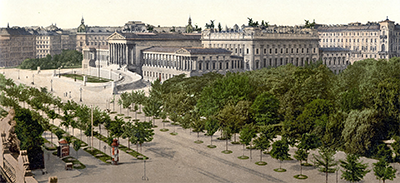 This coalition produced the Constitution of Austria, in 1920. The legislature of the new government took the form of two houses, the Bundesrat (upper) and Nationalrat (lower). Leading the executive branch of the new government was the Chancellor, elected by the lower house. The Federal President served as the result of an election by both houses. The Christian Social Party's Michael Mayr was the first Chancellor under the new constitution; the first President so designated was independent Michael Hainisch. Ignaz Seipel of the Christian Social Party was the first Chancellor to serve more than a year. The 1920s also saw the rise of paramilitary groups in Austria, as was happening in Germany. The Austrian government's enacting of legislation guaranteeing women the right to vote would have angered such reactionary groups. Italy, too, gave rise to such movements, and Austria took notice. Membership in far-right groups grew in Austria, too, particularly in the Austrian National Socialist Party. Political clashes were not uncommon during this period. One particularly violent protest in July 1927 resulted large-scale unrest, including the burning of the Ministry of Justice building; police officers and army troops opened fire to keep the peace, killing several dozen people and injuring several hundred more. 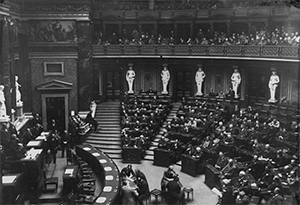
Wilhelm Miklas of the Christian Social Party succeeded Hainisch as President in 1928. In the following year came an amended constitution, making the President electable by the population as a whole, not by the legislature. More vitally, the new governmental blueprint gave the President the power to appoint the members of that government and to issue emergency laws. As the 1930s progressed, more and more people took to the streets to voice their frustration with their government's inability to address the severe difficulties created by the Great Depression. When the country's largest bank failed, the government sought a customs union with Germany; strong opposition by other European countries convinced Austria to abandon this idea. 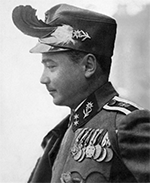
Elections in Austria in 1932 resulted in a slim majority of seats won by the Christian Social Party; Engelbert Dollfuss (right) became Chancellor. The following March, a controversial bill regarding an existing railroad strike resulted in the resignation of not only the National Council (lower house) President, Karl Renner, but also the vice-presidents, Rufold Ramek and Sepp Straffner. Dollfuss then declared the National Council null and void and assumed dictatorial power. A brief civil war ensued, pitting government soldiers against armed members of the Austrian Nazi Party; government forces prevailed, ending the violence but not silencing the opposition. The new President, Wilhelm Miklas, followed Dollfuss's orders, issuing a decree for the National Council to be abandoned indefinitely and handing legislative power to Dollfuss. A new political party, the Patriotic Front, emerged. The new Federal State of Austria banned other political parties and then acted more unilaterally, in May 1934 pushing through a new constitution that codified the one-political-party system and abolished freedom of the press. Dollfuss wasn't immune to criticism. Some who had been political leaders spoke out but were quickly silenced. At the same time, many in the fascist movement wanted a close relationship between Austria and Nazi Germany, which Dollfuss, though he curried favor with the Italian fascist leader Benito Schuschnigg continued his predecessor's ban on speech and activity in favor of Nazi Germany; Hitler, the German leader and a native of Austria, was so powerful by 1938 that a word from him was enough to convince Schuschnigg to resign. He did so, on March 11, 1938. The next day, German troops entered Austria, achieving a nonviolent takeover of the country (in clear violation of the both the Treaty of Versailles and the Treaty of St. Germain). The reigning Nazis, who found a great many sympathizers to their cause, renamed their conquest Ostmark. |
|
Social Studies for Kids
copyright 2002–2025
David White



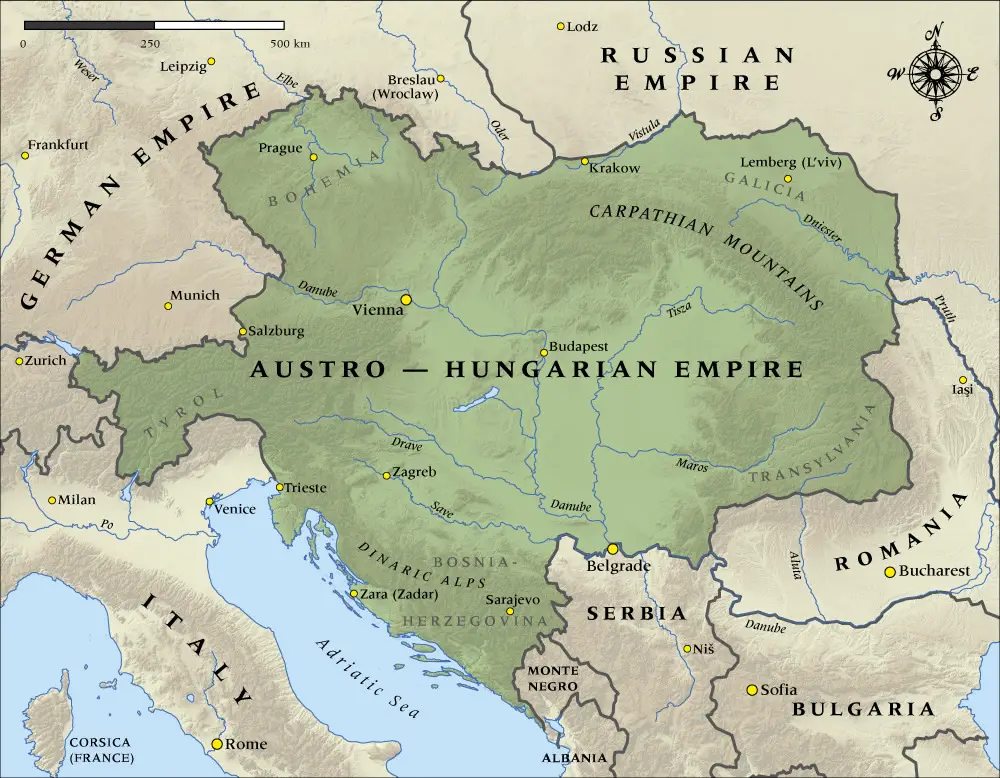 Austria in the waning days of the First World War went from being an empire to being a republic. The last emperor of the Austro-Hungarian Empire,
Austria in the waning days of the First World War went from being an empire to being a republic. The last emperor of the Austro-Hungarian Empire, 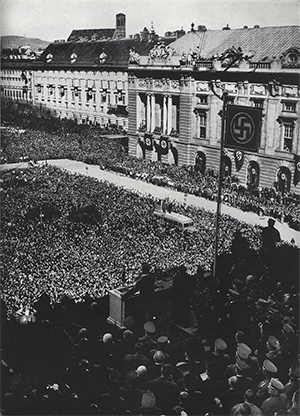 Mussolini, was reluctant to pursue. The Austrian Nazi Party's assassination of Dollfuss in July 1934 brought Kurt Schuschnigg to power, and he presided over the continuation of Patriotic Front domination of Austria for the next four years.
Mussolini, was reluctant to pursue. The Austrian Nazi Party's assassination of Dollfuss in July 1934 brought Kurt Schuschnigg to power, and he presided over the continuation of Patriotic Front domination of Austria for the next four years.
